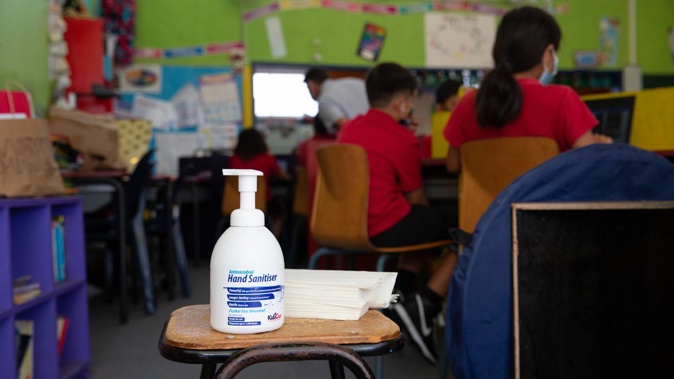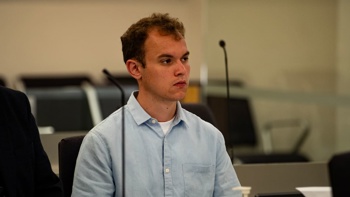
The number of schools and early learning centres managing active Covid cases has surged again, with 447 dealing at least one active case.
That's up from 320 last Thursday.
The figures include 101 early learning centres, 210 primary schools, 31 intermediates and 105 secondary schools, according to the latest data from the Ministry of Education.
Some will be managing more than one case, the ministry said.
Compared to last Thursday the number of primary schools affected has not risen substantially - it's climbed from 196 to 210.
However affected secondary schools have nearly doubled from 57 to 105, and affected ECEs have doubled from 50 to 101.
New Zealand has more than 2500 schools and more than 5000 early learning facilities in total.
The latest numbers are not definitive, but are a snapshot of all schools, kura and ECEs that are being supported by regional ministry offices with case management as of 10.30am.
Once the school or ECE has put its response in place and no longer needs support with things like contact tracing, the ministry considers the case closed.
The data also does not indicate where cases were infected nor whether there's any evidence of significant transmission within schools.
Instead, it appears schools dealing with cases reflect cases in the community. Auckland, the worst-hit region, has the highest number of affected schools at 239.
That includes 48 high schools, some of which have moved to hybrid learning as increasing number of teachers are having to isolate.
Papatoetoe High, Pukekohe High, Manurewa High and Western Springs College have all moved to alternate days for different year levels this week as they grapple with staff shortages.
And in Waikato, where 16 secondary schools are now dealing with active cases, Hamilton's Fraser High School is moving to hybrid learning for the next five weeks.
The school has been affected by a number of Covid cases and in the past two weeks has experienced "a pattern of peak waves" of infection, a newsletter to parents said.
Hybrid learning would help reduce uncertainty and fatigue and ensure students still got learning opportunities despite staff shortages.
Senior students would attend school on site on Thursday and Friday and juniors on Monday and Tuesday.
On other days students will do distance learning, including Wednesdays when the entire school will stay home. Students' timetables would rotate to ensure they had some in-person learning time for every subject.
Under the red light setting, schools are expected to stay open - however they can provide distance learning when appropriate.
Take your Radio, Podcasts and Music with you









